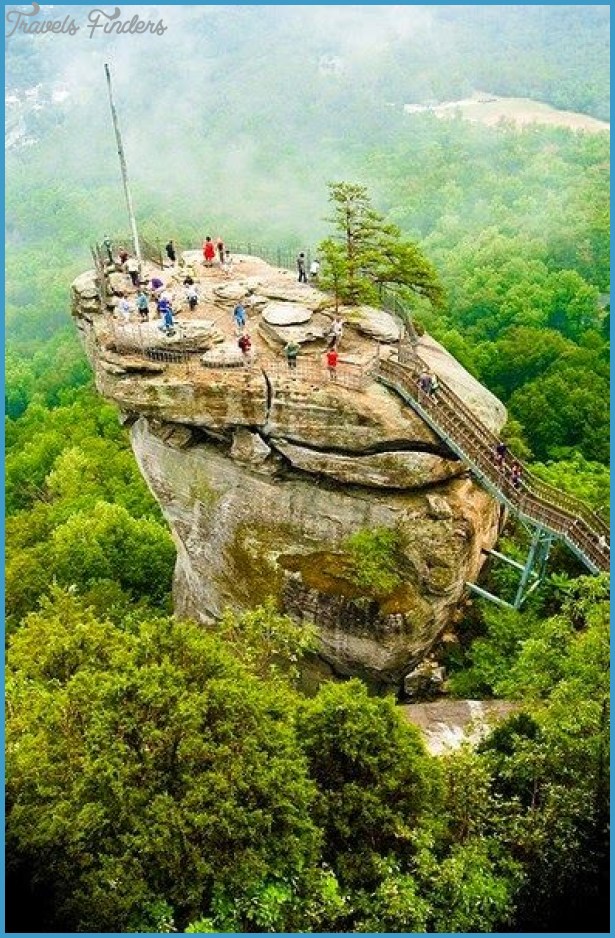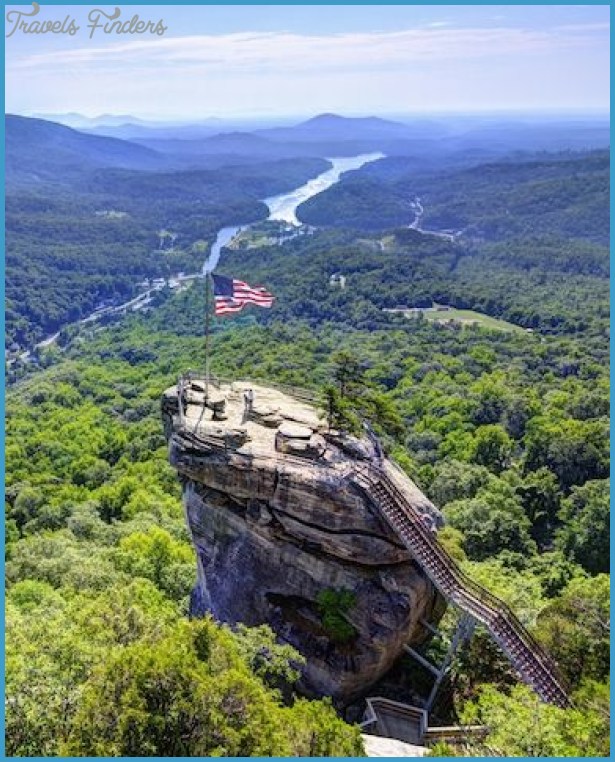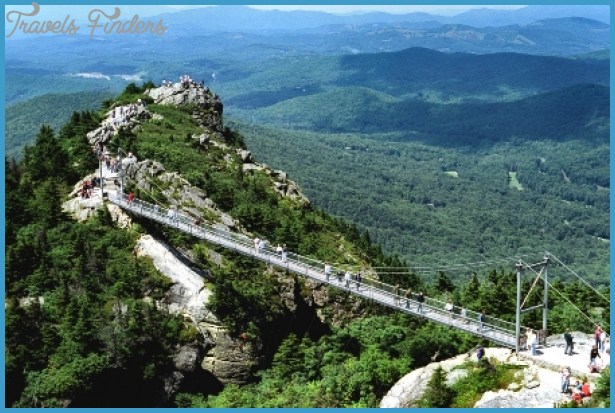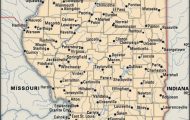When the Appalachians formed millions of years ago, tremendous pressure from continental collisions caused an upheaval in the earth’s surface that thrust older rock strata westward and slid it over younger rock. This upheaval formed a precipice of hard, erosion-resistant quartzite overlying softer, erosion-prone rock. Eons ago, Linville Falls flowed over a precipice some twelve miles downstream from its current position. As it flowed over the hard rock layer, it cut into the softer rock underneath. Once the softer rock was sufficiently undercut, the hard rock lip broke off and the process repeated itself. In this manner, the waterfall slowly migrated upstream. At the present location of the falls, the quartzite extends all the way to the bottom of the gorge, so any further migration will occur at a much slower pace.
After you explore Linville Falls, our route follows Kistler Memorial Highway along the entire western rim of the gorge to Lake James. Sometimes listed as Old NC 105, the road honors Andrew Milton Kistler of Morganton, who served with the state highway commission. This must be the most inappropriately named road in the state. You’ll probably come up with some choice words for it before you reach the end, but highway will not be one of them. It’s unpaved, rough, steep, and severely washboarded in places. James Kilbourne sums it up nicely: Old NC 105 is proof that there is a hell and that roads can die and descend to the underworld. So, with that glowing description, hop in the car and be on your way! Seriously, you can make it in the family sedan as long as the road is dry and you drive very carefully. But if the road is muddy, forget it unless you have four-wheel drive.
Linville Falls lies at the head of Linville Gorge, the deepest and most spectacular canyon in the East.
A short distance from Linville Falls, you come to a brief section of pavement. You’ll find a national forest information cabin here, a great place to pick up a map and obtain information about the gorge. The Forest Service sells a good map called Linville Gorge Wilderness, which you’ll need if you do any serious hiking. The cabin is open seasonally.
A short walk from the parking area, Wiseman’s View, on the western rim of Linville Gorge, makes a great spot to watch the sunrise. The distinctive profile of Tablerock
Mountain is on the right.
About four miles from Linville Falls, a side road turns to the left and leads to the trailhead for Wiseman’s View. A short easy path leads to an overlook of Linville Gorge, directly across from the imposing peaks of Hawksbill and Tablerock mountains. Many people consider this the best view of the gorge.
On the east side of the gorge, our route takes you to the trailheads for Tablerock and Hawksbill mountains. Tablerock (Jules Verne’s Great Eyre in his 1904 Master of the World) is the easier and more popular hike of the two, but Hawksbill offers the potential for solitude and equal views from the summit. From Tablerock’s trailhead you can also hike to The Chimneys, site of the closing scene in the movie The Last of the Mohicans.
The summit of Hawksbill Mountain provides an ideal perch from which to survey the early-morning landscape in Pisgah National Forest.






















